Friday April 21st
4/21/17 - Different Languages
A solution:
Determine whether +*a-b/c++de-fg is a pre-fix expression.
-
If you are unfamiliar with pre-and post expressions, there’s this thing called “Reverse Polish notation”.
This is for a C++ class, but having done some functional programming, the first thing I thought of was a Lisp or Racket-esque approach.
-
So…I used Clojure and evaluated it as a pre-fix expression. I actually first used a, b…g and separated them via parentheses.
-
When I was sure it was a legitimate expression in Clojure, I evaluated the value using actual numbers.
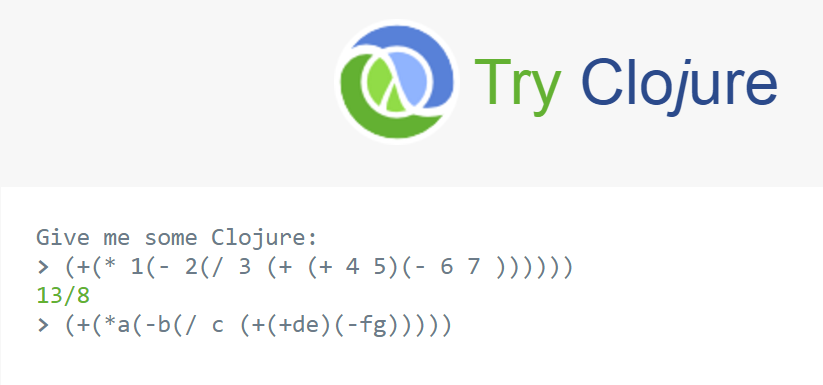
You should definitely give Clojure, Racket, Lisp, Haskell, Rust, a try.
-
I’m a part of the Clojure (and Haskell, and Rust) community, having received a scholarship to attend my first Clojure Conj last year in Austin, Texas, a city I’d never been to before.
-
I also met one of my mentors from Red Hat, Toby, who is a hoot! And, I was also able to attend Clojure West in Portland, Oregon, this year.
Speaking of functional…
-
I found UPenn’s Online Haskell course. They use Pictures! If I have time next week (after I get my midterm done, since that’s going to be a week of no C++ homework for me) I can breeze through the Haskell course for fun :) If that’s impossibe, I’ll just save the notes and do it another time.
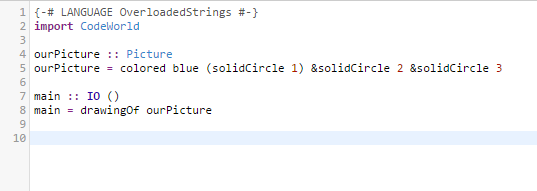
Image produced
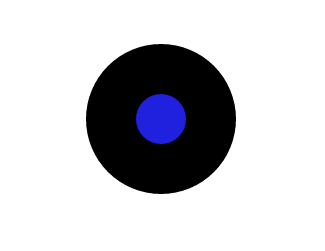
Another one!
(Code) -> based on the first tutorial
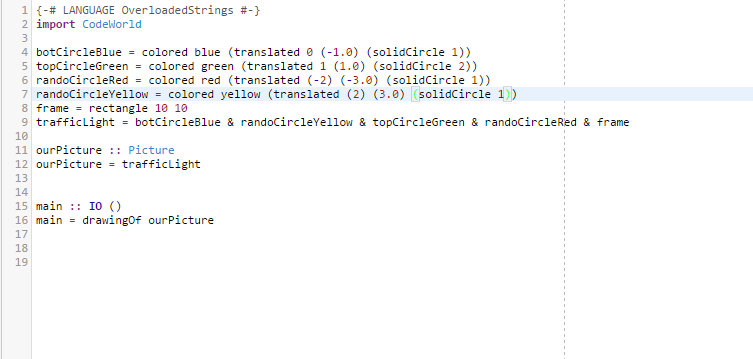
Image
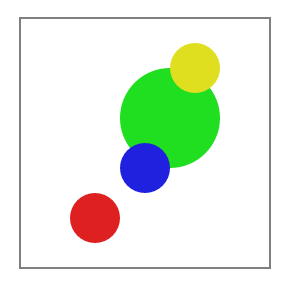
The Tutorial also shows you how to do a neat animation.
I sort of did my own, so…reminds me of Processing, a bit.


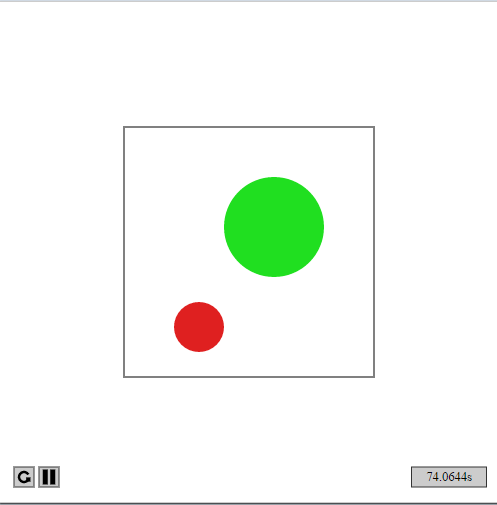
So basically going through time and every time it finds an even t, it sets to first snapshot ie True, else False. Switching between the two images over time gives the illusion of an animation, essentially.
Things I think about
-
I have a mentor from JPL/NASA who I meet with every Thursday. One of the things we spoke about was thinking before coding.
-
It’s something I think about a lot. Some of the best programmers I’ve met think before they code, they don’t just tap-tap away.
-
I think that tools like LaTeX, learning C++, Rust, Haskell have a sort of structure that emphasize or encourage thinking before coding, which is why I’m sticking with them.
Kata Solved
Create a function that returns 2x its value unless it’s tricky. Tricky = double number eg. 44, 4343, 77, 2525 etc.
function trickyDoubles(n){
var a = n.toString() fomd
var len = (a.length / 2); // find first half
var len1 = a.length; // find second half
var x = a.slice(0, len)
//console.log(x) I was checking value
var y = a.slice(len, len1)
//console.log(y) I was checking value
if (x == y){
return (n)
}
else{
return (n * 2)
}
return
}
Free Code Camp challenge
Write a function that splits an array (first argument)
into groups the length of size
and returns them as a two-dimensional
array
function chunkArrayInGroups(arr, size) {
var arr1 = [];
while (arr.length > 0)
arr1.push(arr.splice(0, size));
console.log(arr1);
return arr1;
}
chunkArrayInGroups(["a", "b", "c", "d"], 2);
returns [["a","b"],["c","d"]]
PS I’m doing the JS stuff for an in-person course… over four weeks…. I think once that’s done you’ll probably just be seeing more C++ and FP stuff. :)
I’d like to attend -> Bucket-list
- My people! :) My brother lives in the UK, so this isn’t impossible. Hey, maybe we can do a two-for-one, since because of me he’s learning some Rust (mwahaha).
Other -> things to learn
- YORP effect (watching too much Scott Manley)
- Clearer understanding of a monomorphism
- Haskell Wiki has an excellent explanation that is a great starting point.
- How to make a Toroidal Array
